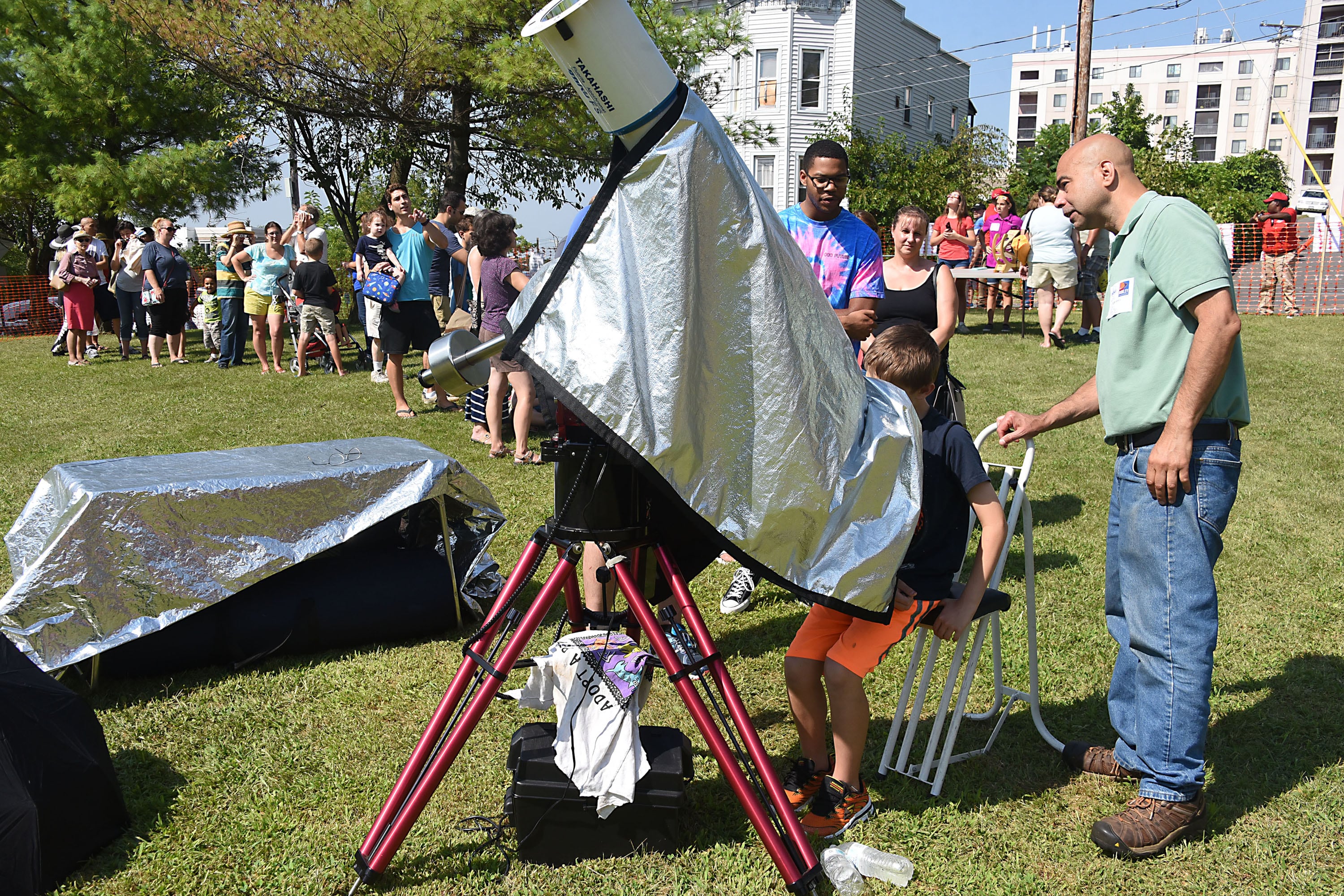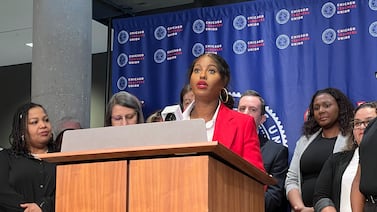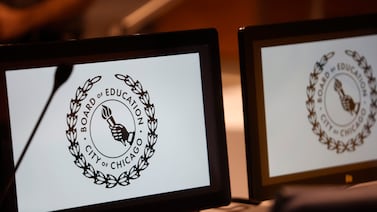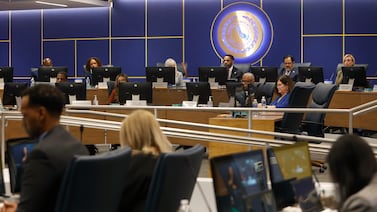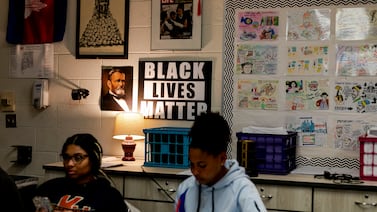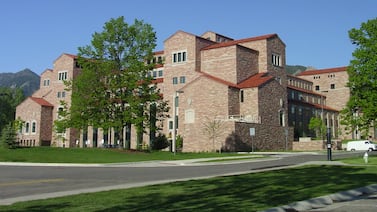Sign up for Chalkbeat New York’s free daily newsletter to keep up with NYC’s public schools.
New York City families and educators: Mark your calendars — a once-in-a-lifetime learning experience is just around the corner.
On April 8, a total solar eclipse will occur across parts of the state, with the phenomenon expected to be partially visible in the city. It’s an exceedingly rare event, and state officials note the next total eclipse in the state will not take place until 2079.
New York is one of 11 states in the direct path of the upcoming eclipse, and state officials expect thousands to travel to northern parts of the state to experience the unique spectacle.
“The epicenter that the world will be watching will be in the great state of New York,” said Gov. Kathy Hochul at a recent press briefing. “This is New York’s chance to be in the sun and the limelight.”
For students and schools, the eclipse offers an unrivaled opportunity to engage directly with the science behind the cosmos.
Across the city, some schools are making plans for their communities. Central Park East II in Manhattan, for example, will hold an eclipse event in collaboration with community-based organizations. And P.S./I.S. 48 in Staten Island will host a viewing with safety glasses, moon pies, an inflatable planetarium, and more, according to the city’s Education Department.
Here’s how teachers, students, and families can take advantage of the looming solar eclipse.
When is the solar eclipse?
The solar eclipse will begin on the afternoon of Monday, April 8 around 2 p.m., reaching its peak by about 3:25 p.m. It will end by the early evening.
Though the eclipse will not pass directly over New York City, it will still be partially visible across the five boroughs. In parts of upstate New York, like Syracuse and Rochester, the eclipse is expected to pass directly overhead, temporarily eclipsing the sun in totality.
How can teachers and students safely view the eclipse?
Experts warn against directly looking at the sun during a solar eclipse, noting that it can cause permanent damage to your eyes.
Instead, to safely view the eclipse, you should wear protective glasses designed for a solar eclipse or use an indirect method, like a pinhole projector, which focuses light through a pinhole to project an image that is safe to look at.
But the need for safety equipment doesn’t make the eclipse inaccessible, said Georgette Williams, director of education programs at the New York Hall of Science in Queens.
“Educators have the opportunity to create different things that they can use out of very simple household items like cereal boxes or toilet paper,” she said. “It’s not something that limits access based on economic status. … Everyone can view this eclipse. We’re very good at science on the cheap.”
For educators or families who are interested in creating their own pinhole projectors, NASA has an online guide that uses card stock and aluminum foil, as one example.
Individuals in Staten Island can also attend one of three upcoming events at Huguenot Park Library, where pinhole viewers will be crafted.
The New York Hall of Science will also host a watch party on the day of the eclipse, handing out certified eclipse glasses to those who attend.
What lessons can enhance the experience?
Williams suggests educators preempt the eclipse with lessons on the science behind it, noting that at the museum, they work with younger kids to do hands-on modeling activities. One student will model the sun, while another models the moon, allowing them to teach students about the passing of shadows.
“With older students, you can talk about the ways that scientists use an eclipse to be able to study the sun,” she added. “During totality — because the light is lessened — it actually gives us an opportunity to study aspects of the sun that we wouldn’t see when it’s emitting its full radiation.”
The state’s Education Department has also compiled resources for educators and schools, including ways instruction on the eclipse can be connected to New York’s learning standards.
Families can also learn about the upcoming eclipse at one of two upcoming events at public libraries in Manhattan, hosted by Columbia University’s astronomy department. (Solar eclipse glasses will be provided at the event, according to the New York Public Library.)
For more, Williams recommends educators and students look to the National Informal STEM Education Network, which posts information, activities, and other school resources online.
What if clouds or bad weather block the eclipse?
If poor weather conditions block visibility, teachers and students can still tune into a NASA livestream of the eclipse.
Though Williams calls it “a consolation prize,” she added it can still enhance the learning happening in schools.
“If you’re engaging in the activities and you’re seeing the phenomena happening, I think that’s more powerful than a standalone activity,” she said. “So even if you’re not seeing it in the sky, watching it on a livestream is still pretty cool.”
Julian Shen-Berro is a reporter covering New York City. Contact him at jshen-berro@chalkbeat.org.

